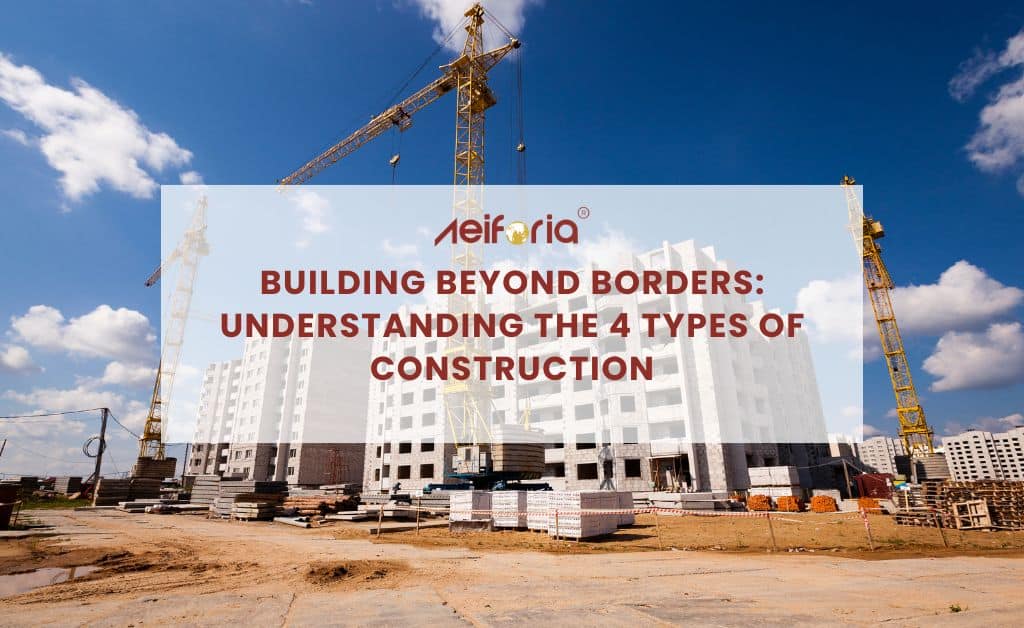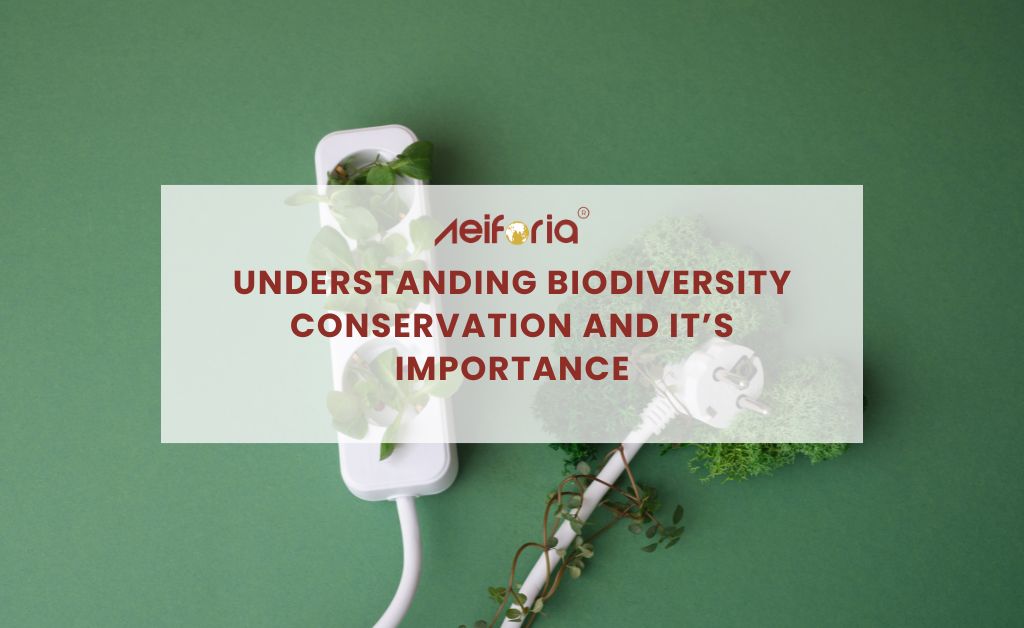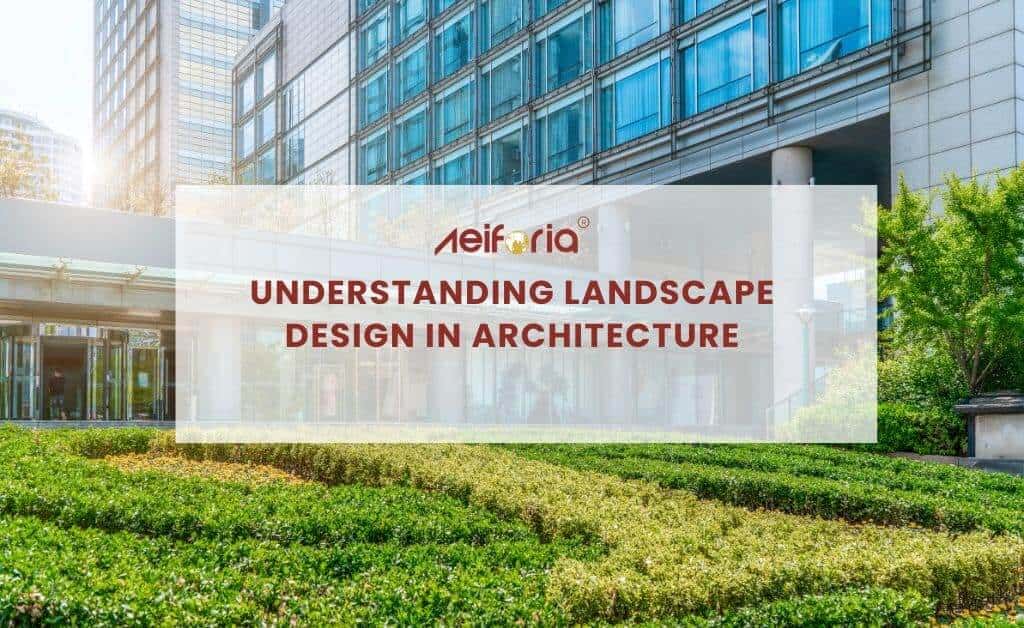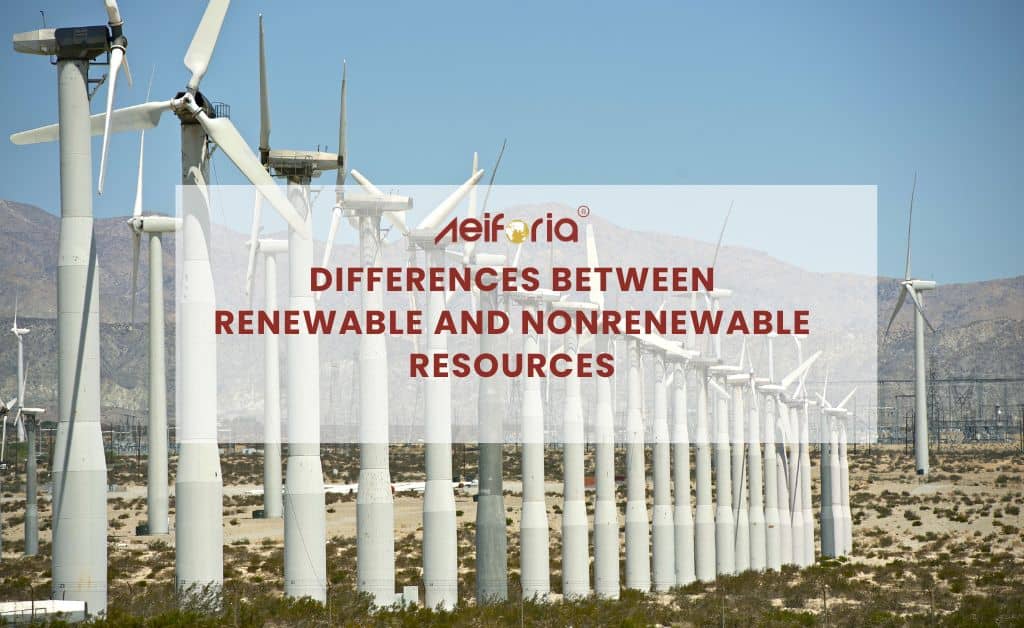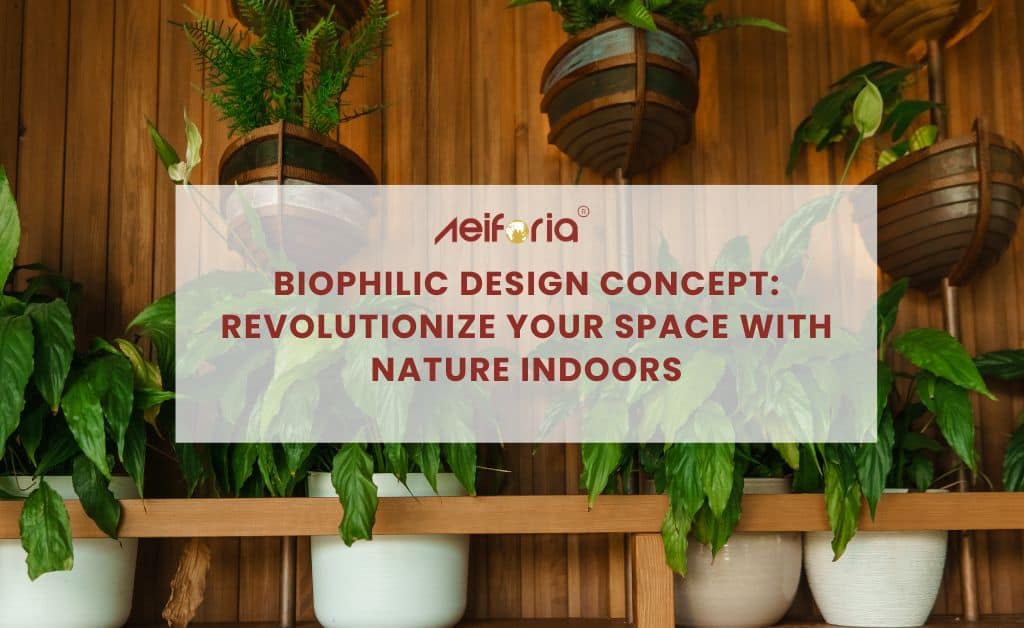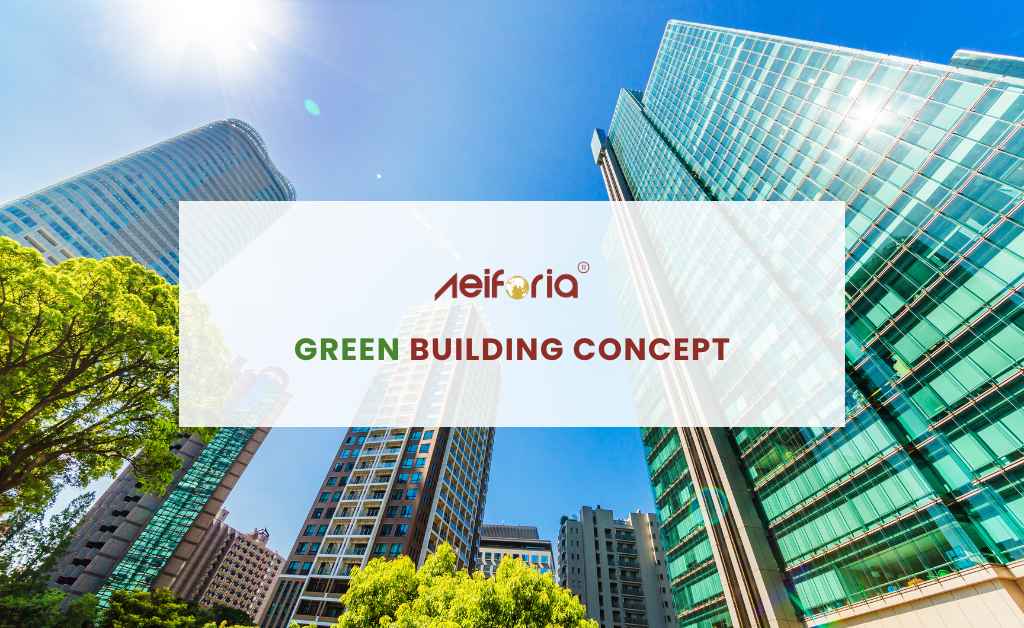
Green Building Concept
The concept of green building has become increasingly popular in recent years as more people have become aware of buildings' environmental impact. Green building is a sustainable approach to design and construction that considers environmental, economic, and social factors. This article will explore the green building concept, its benefits, and its materials.
What is Green Building
Green building is designing, constructing, operating, maintaining, and demolishing structures in an environmentally sustainable manner. Green buildings aim to reduce the harmful impact of buildings on the environment and human health while enhancing positive results. Green building practices aim to use resources efficiently, reduce waste, and create healthy and comfortable indoor environments.
Green Building Concept
The green building concept is centered around using sustainable practices that minimize the impact of buildings on the environment. The concept encompasses several areas, including design, construction, and operation. The green building concept also emphasizes using renewable energy sources, sustainable materials, and water conservation techniques.
Materials Used in Green Building
- Bamboo: Bamboo is a highly renewable material rapidly gaining popularity in green building projects. It is strong, durable, and has a unique aesthetic appeal.
- Recycled steel: Steel is a highly durable and recyclable material used in various building applications. Using recycled steel reduces construction's environmental impact and helps conserve natural resources.
- Straw bales: Straw bales are a renewable material that can be used as insulation in green building projects. They are highly effective at insulating buildings and can be sourced from local farmers.
- Recycled plastic: Recycled plastic is versatile in various building applications. It can create durable and water-resistant roofing materials, siding, and insulation.
- Cork: Cork is a renewable material for flooring, wall coverings, and insulation. It is highly sustainable, as cork trees can be harvested without harming the tree itself.
- Earth and clay: Earth and clay have been traditional building materials for centuries. They are highly sustainable and can be sourced locally, reducing transportation costs and emissions.
- Timber: Timber is a renewable resource that can be used for framing, flooring, and siding. It is popular in green building projects due to its sustainability and aesthetic appeal.
Benefits of Green Building
Green building has numerous environmental, economic, and social benefits. Some of the benefits are:
Environmental Benefits
- Reduces greenhouse gas emissions
- Conserves natural resources
- Improves air and water quality
- Reduces waste
Economic Benefits
- Reduces energy and water bills
- Enhances building value
- Increases productivity and occupant comfort
- Reduces maintenance costs
Social Benefits
- Improves occupant health and well-being
- Creates a sense of community
- Encourages sustainable lifestyles
Green Building in India
India has been experiencing rapid urbanization in recent years, which has resulted in increased demand for buildings. This has led to significant environmental impacts, including increased energy consumption and greenhouse gas emissions. India has implemented several initiatives to address these issues to promote green building practices. These initiatives include:
- The Green Rating for Integrated Habitat Assessment (GRIHA) is a national rating system for green buildings in India.
- The Bureau of Energy Efficiency (BEE) has implemented building energy efficiency codes.
- The Ministry of New and Renewable Energy (MNRE) offers incentives for installing renewable energy systems in buildings.
Green building practices have been in India for many years, with traditional construction techniques incorporating sustainability principles such as natural ventilation, passive cooling, and local materials.
Scope of Green Building
The scope of green building is vast and encompasses various aspects of sustainable development. Green building principles can be applied to multiple types of buildings, including residential, commercial, and institutional buildings. The scope of green building includes designing, constructing, and operating structures that use fewer resources, produce less waste, and have a lower environmental impact.
The scope of the green building also includes the development of green building codes and standards. These codes and standards provide guidelines for designing and constructing sustainable buildings and help to ensure that green building principles are incorporated into building projects.
Green Building Examples
Green building practices are being increasingly adopted worldwide. Some of the best examples of green buildings include:
The Edge Building in Amsterdam, Netherlands
The Edge Building in Amsterdam is the world's most sustainable office building. Thanks to solar panels, geothermal heat pumps, and smart lighting systems, it generates more energy than it consumes.
One Central Park in Sydney, Australia
One Central Park is a mixed-use development with green walls and roofs, rainwater harvesting, and a tri-generation plant that generates electricity, heating, and cooling.
The Bullitt Center in Seattle, United States
The Bullitt Center is a net-zero energy and water building that uses solar panels, geothermal heating and cooling, and rainwater harvesting. It also uses non-toxic materials and has a composting toilet.
These buildings demonstrate that sustainable construction practices can be adopted in various building types and climates. Green buildings can be beautiful, comfortable, and economically viable.
Conclusion
Green building is an essential concept that has gained momentum in recent years. Using sustainable practices in building design, construction, and operation can significantly impact the environment, human health, and the economy. India has been implementing several initiatives to promote green building practices. The scope of green buildings is vast and includes all types of buildings.
FAQs
What are the challenges of green building?
One of the biggest challenges of green building is the higher upfront cost compared to traditional building practices. However, this cost can often be recouped over time through reduced energy and water bills. Another challenge is the need for more knowledge and expertise among builders, architects, and specialized equipment and materials.
What is the difference between green building and traditional building practices?
Traditional building practices often prioritize convenience and cost over environmental impact. Green building, on the other hand, prioritizes sustainability and resource conservation. This means green buildings use renewable energy sources, minimize waste, and use sustainable materials.
What is the LEED certification?
The LEED (Leadership in Energy and Environmental Design) certification is a rating system that assesses the sustainability of a building. It takes into account factors such as energy and water efficiency, indoor air quality, and the use of sustainable materials. Buildings can receive a rating of Certified, Silver, Gold, or Platinum based on their sustainability performance.
How can I find green building professionals for my project?
You can find green building professionals through organizations like the US Green Building Council or the Green Building Initiative. You can also look for architects and builders specializing in sustainable design and construction. Choosing professionals with experience with green building practices and certifications such as LEED is important.
Also Read: What is a Design and Build Company


